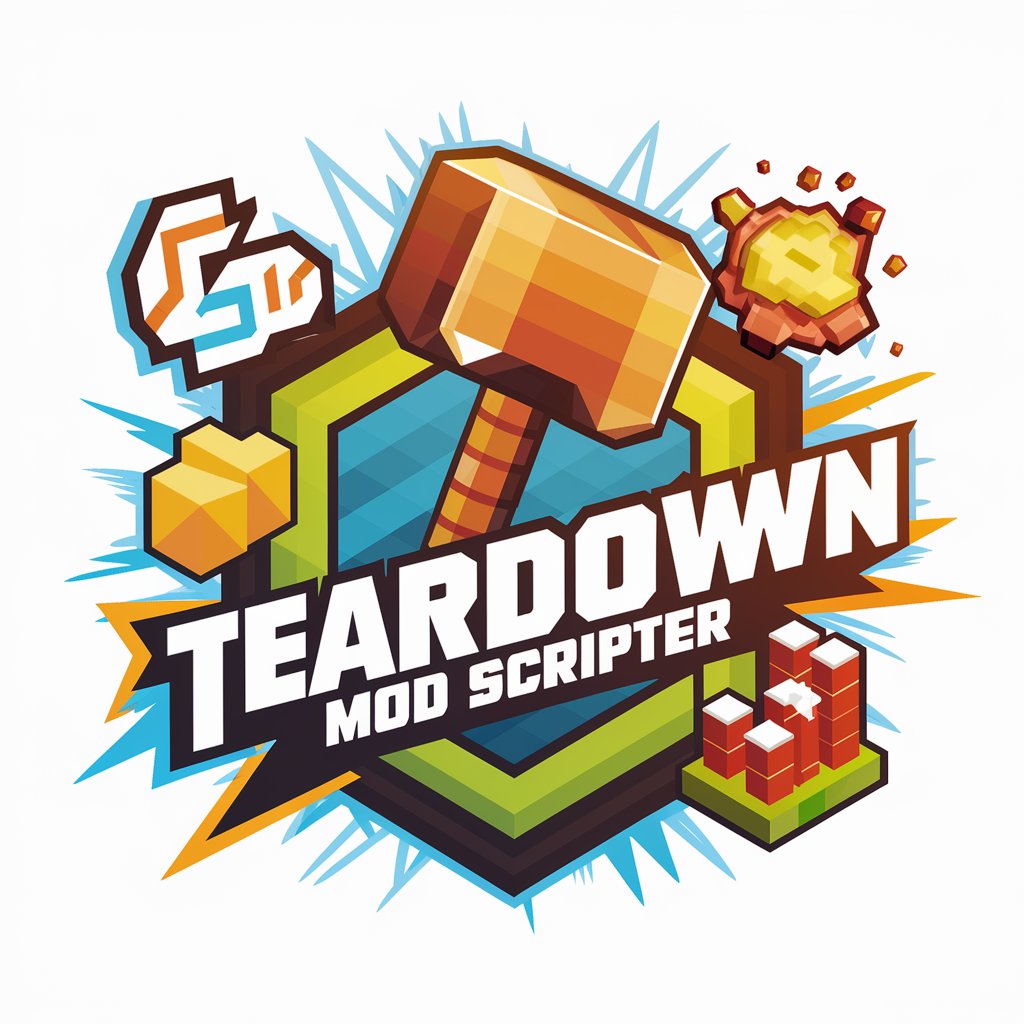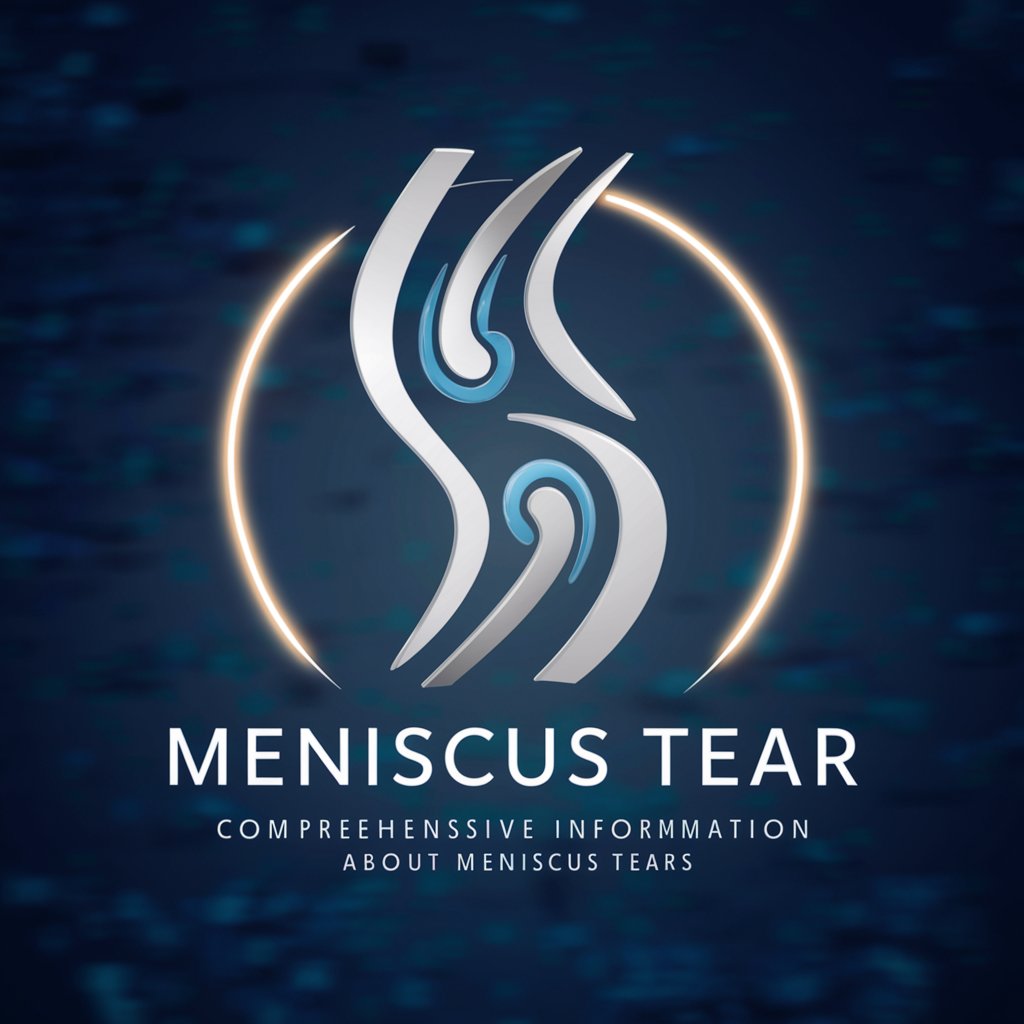Muscle Strain and Tear - Muscle Injury Recovery Advice

Hello! Need advice on muscle strain or tear? I'm here to help.
Empowering your recovery with AI-driven advice.
How long does a muscle tear take to heal?
What exercises are good for muscle recovery?
Should I see a doctor for my muscle pain?
How can I prevent muscle strains in the future?
Get Embed Code
Overview of Muscle Strain and Tear
Muscle Strain and Tear is a specialized assistant designed to offer advice and information on managing and healing muscle strains and tears. It provides insights into the typical healing times for muscle injuries, suggests exercises suitable for recovery, and guides on when it is crucial to seek medical attention. This assistant is built on a foundation of encouraging safe and gradual recovery methods, emphasizing the avoidance of medical diagnoses or prescribing medications. Through scenarios such as guiding a runner recovering from a hamstring strain or advising on the rehabilitation process for a weightlifter who has experienced a muscle tear, Muscle Strain and Tear illustrates its purpose of supporting individuals towards a safe recovery. Powered by ChatGPT-4o。

Core Functions and Real-World Application
Providing Recovery Guidance
Example
Recommending rest and specific stretching exercises to someone who has suffered a mild calf strain during a soccer game.
Scenario
A soccer player experiences a calf strain. Muscle Strain and Tear suggests a recovery timeline and gentle stretching exercises that can be done at home, emphasizing the importance of not rushing back to play.
Educating on Healing Times
Example
Offering insights on the healing process for different grades of muscle tears, helping users set realistic expectations for their recovery.
Scenario
An individual with a grade 2 muscle tear is anxious about the long recovery period. Muscle Strain and Tear provides detailed information on healing phases, expected milestones, and encourages patience and consistent rehabilitation efforts.
Advising on When to Seek Medical Help
Example
Highlighting symptoms that indicate the need for professional medical advice, such as severe pain, swelling, or inability to use the affected muscle.
Scenario
After experiencing significant swelling and discomfort from a workout injury, a user is advised to consult a healthcare professional to rule out severe damage or complications that could delay healing or lead to chronic issues.
Target User Groups
Athletes and Fitness Enthusiasts
This group includes individuals actively involved in sports, gym activities, or regular fitness routines. They benefit from Muscle Strain and Tear by receiving tailored advice on managing injuries sustained during physical activities, helping them return to their passion safely and effectively.
Recreational Exercisers
Individuals who engage in occasional physical activities such as jogging, biking, or casual sports. They can benefit from guidance on preventing muscle injuries and understanding the basic principles of muscle recovery, ensuring their occasional exercises remain enjoyable and free from injury.
Rehabilitation Patients
People recovering from muscle strains or tears, possibly under the guidance of a physiotherapist. Muscle Strain and Tear can complement their rehabilitation by providing additional recovery tips, exercises, and motivational support to adhere to their recovery program.

How to Use Muscle Strain and Tear
1
Begin by accessing the tool at yeschat.ai for an introductory trial, no sign-up or ChatGPT Plus required.
2
Identify the specific muscle injury concern you have, whether it's a strain or a tear, to guide your inquiries.
3
Utilize the chat interface to ask specific questions about muscle injury recovery, including healing times, recovery exercises, and when to consult a doctor.
4
Apply the recommendations provided, understanding they are for informational purposes and not a replacement for professional medical advice.
5
For best results, follow a consistent recovery plan based on the guidance received, and consult healthcare professionals for serious or persistent issues.
Try other advanced and practical GPTs
SanctionsGPT
Navigate Sanctions Smartly with AI

KYC Analyst
AI-Powered Compliance Insight

EU Sanction Screening Robot
Streamlining sanctions compliance with AI-powered screening.

Global Law Sage
Expert legal intelligence, AI-powered.

Direct Compliance Expert
Streamlining Compliance with AI

Trade sanctions
Empowering Policy and Market Insights with AI

Teardown.ai
Deciphering Tech Companies with AI

Ligament Sprain and Tear.
Empowering injury understanding with AI

Rotator Cuff Tear
Empowering your shoulder health with AI

Teardown Mod Scripter
Powering your creativity in Teardown modding.

Meniscus Tear
Empowering Knee Health with AI

Anterior Cruciate Ligament Tear (ACL)
Empowering ACL tear understanding with AI

Frequently Asked Questions about Muscle Strain and Tear
What is the typical healing time for a muscle strain?
The healing time for a muscle strain can vary, typically ranging from a few days to several weeks, depending on the severity of the strain. Mild strains may require rest and light stretching, while more severe cases might need physical therapy.
Are there any specific exercises I should do to recover from a muscle tear?
Yes, recovery exercises for a muscle tear should be gentle and focus on gradually increasing strength and flexibility. Physical therapy often includes range-of-motion exercises, strengthening exercises, and eventually, exercises that mimic daily activities.
When should I seek medical attention for a muscle injury?
Seek medical attention if you experience severe pain, swelling, bruising, or if you're unable to use the injured muscle, as these may be signs of a severe injury requiring professional treatment.
Can Muscle Strain and Tear help me prevent future muscle injuries?
While Muscle Strain and Tear primarily provides advice on recovery, it can also offer guidance on preventive measures such as proper warm-up techniques, strength training, and maintaining flexibility to reduce the risk of future injuries.
Is it safe to exercise with a mild muscle strain?
Yes, with a mild muscle strain, light exercises that do not exacerbate the pain are often recommended to maintain flexibility and strength. However, it's important to listen to your body and avoid activities that cause pain.
